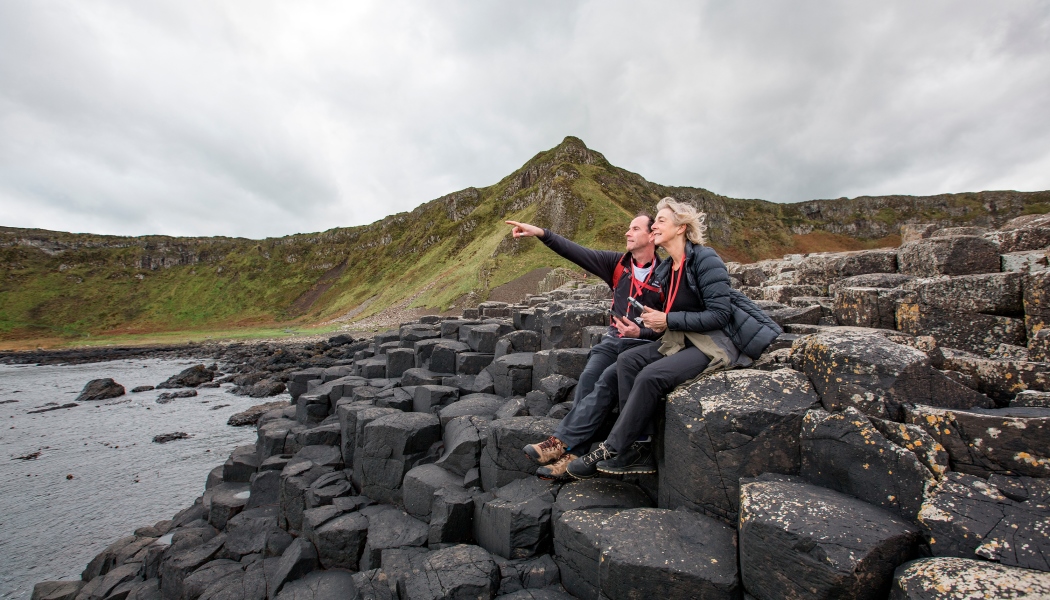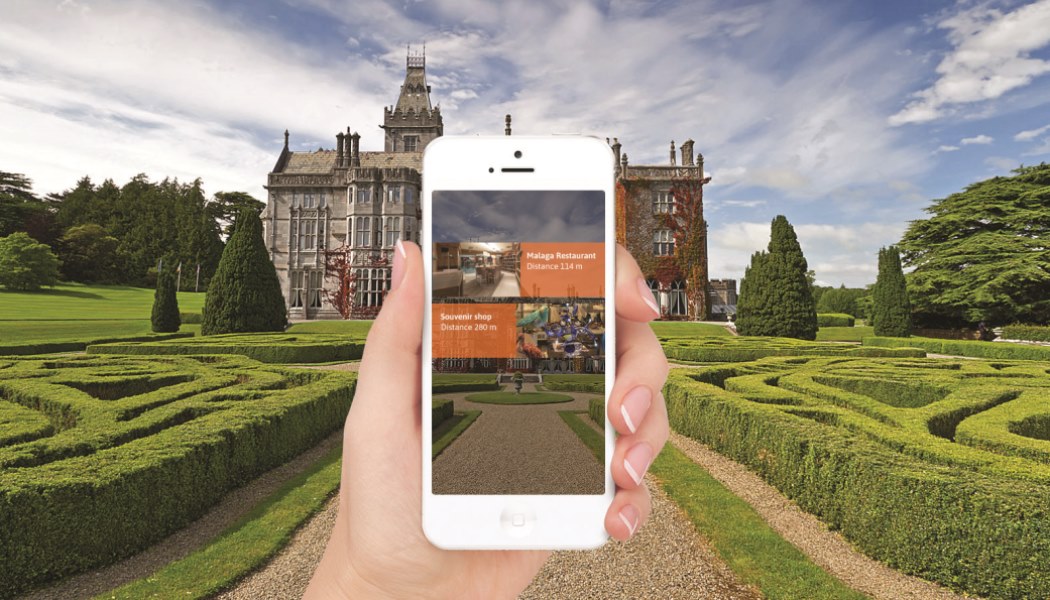In August National Museum Cardiff embarked on a 16-week pilot of a new hand-held device that used augmented reality to create new experiences relating to the museum’s exhibitions. The pilot came to a conclusion this week and its success has paved the way for more explorations into how the device can be used in the future not just in National Museum Cardiff but across all of National Museum Wales seven sites.
The Museum ExplorAR offered three different augmented reality experiences, all in three languages (Welsh, English and Japanese), and each one designed to test and explore various different ways of enhancing storylines and elaborating on narratives in ways impossible through physical means.
Graham Davies, Digital Programmes Manager Amgueddfa Cymru – National Museum Wales, says the main aim was to investigate how the museum could use this approach to provide its visitors with a cost effective means of enhanced interpretation and contemporary updated storylines.
“Many of our permanent displays and exhibitions have been static for many years and updating or overhauling the physical narrative to these displays would be a costly and time-consuming process,” he says. “We wanted to investigate ways to augment our current interpretation by offering virtual storylines as well as bring our specimens to life by embedding 3D animations within immersive environments that would be placed virtually onto our physical specimens and viewable through handheld devices.”
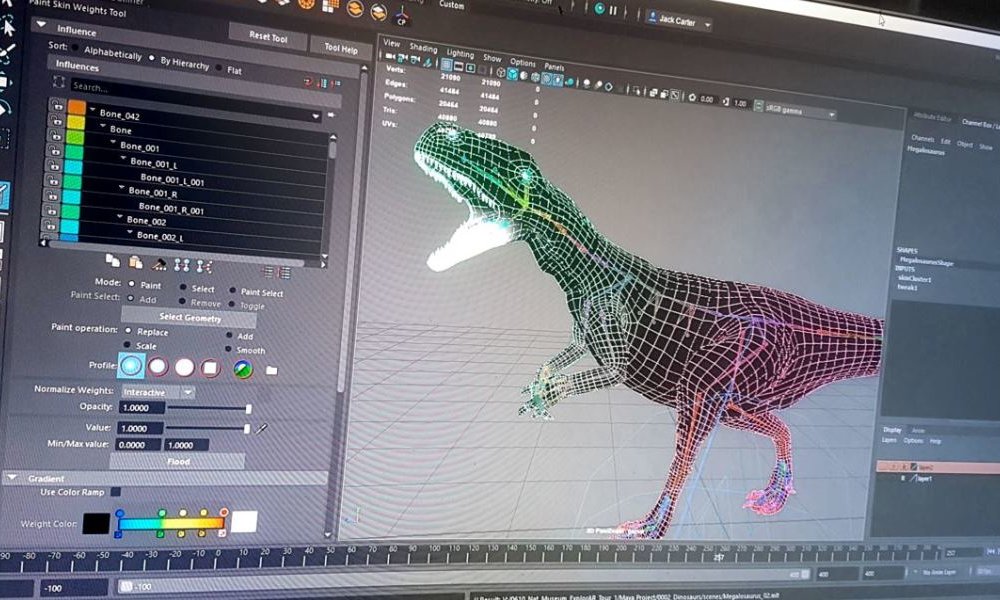
Through the ExplorAR the museum was able to offer a shared, exploratory experience, as opposed to the more isolated Virtual Reality applications that were also considered. They wanted visitors to gain deeper insights and learn more about the museum’s permanent collection and the currently untold interlinking narratives behind them. “New technologies allow us to scan our spaces and offer a geographically aware tour without any connectivity or data transfer requirements (not dependant on Wi-Fi or networks).”
The three parts of the collection that Museum ExplorAR augmented were the Underwater Life experience, the Dinosaur experience and the French Expressionist Gallery.
Through the ExplorAR device the Underwater Life experience offered the visitor the ability to witness how the museum’s animal skeletons would have actually looked ‘in the flesh’, by superimposing animated models that were true to the original creatures that the skeletons belonged to. This included a large humpbacked whale, augmented and animated to make it appear alive as well as sharks, stingrays and jellyfish that swam through the gallery, while crabs scuttled around on the floor.
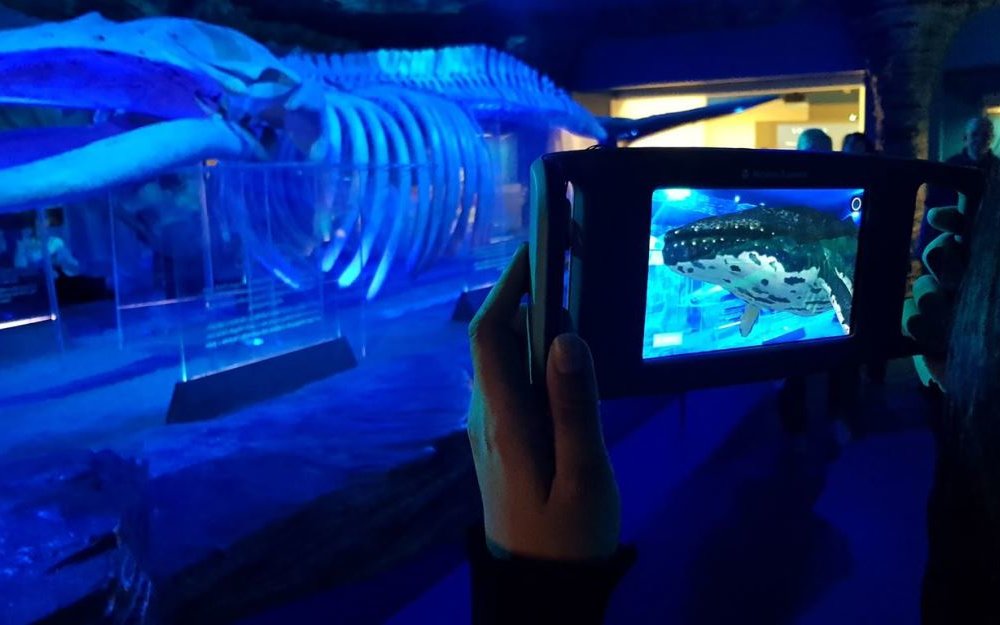
These animals were linked to the displays in the gallery and three-dimensional labels included in the ExplorAR experience offered additional interpretation as well as short video clips.
For the Dinosaur experience, Davies and his digital team asked the curatorial teams what the most difficult thing was for visitors to interpret in that section. It transpired that it was a large pavement of dinosaur footprints. So, as well as bringing to life some of the museum’s most impressive dinosaur skeletons, they also worked with the developers of Museum ExplorARs, Jam Creative Studios, based near Cardiff, to identify each individual dinosaur trackway and provide virtual flag posts to explain the different species of dinosaur that were displayed and illustrate what direction they were travelling in. Davies says that the museum has witnessed more people connecting with and understand these important displays while using the AR devices.
Surprisingly the dinosaur experience was not the most popular with children, it was in fact the French Impressionist experience, which resonated with them. This was because, explains Davies, the museum and developers decided to try something completely different.

“We had two main objectives for this space, a) to draw reference to the fact that the Davies Sisters collected the majority of what surrounds the visitor in this gallery, and b) to highlight the fact that we have many paintings by Monet, especially from his waterlilies series.
And the latter led to the entire gallery being recreated as a virtual waterlily pond, modelled on the same one Monet created in his paintings. The digital team and developers also created a virtual Claude Monet to greet visitors to the space and describe the early Impressionist movement.
“We even had a virtual boat floating around the pond, which visitors enjoyed trying to step into and both Davies sisters were present, in virtual form, explaining their love of art and explaining why they bequeathed so much to the Museum.”
This 16-week trial took place during a period that spanned both busy summer and half-term school holidays and quieter school term time. It also overlapped with the Tim Peakes spacecraft exhibition, opened on 15 November, which Davies says helped the team trial the logistics of administrating the hire of the devices through the shop, alongside selling tickets for a new temporary exhibition.
During the pilot a survey was conducted with 200 visitors and that, combined with other feedback, exceeded the museum’s expectations of how it would be received. Through this the museum was also able to find out whether visitors read, or paid any attention to the additional 3D descriptive labels, with 77 per cent saying they did.
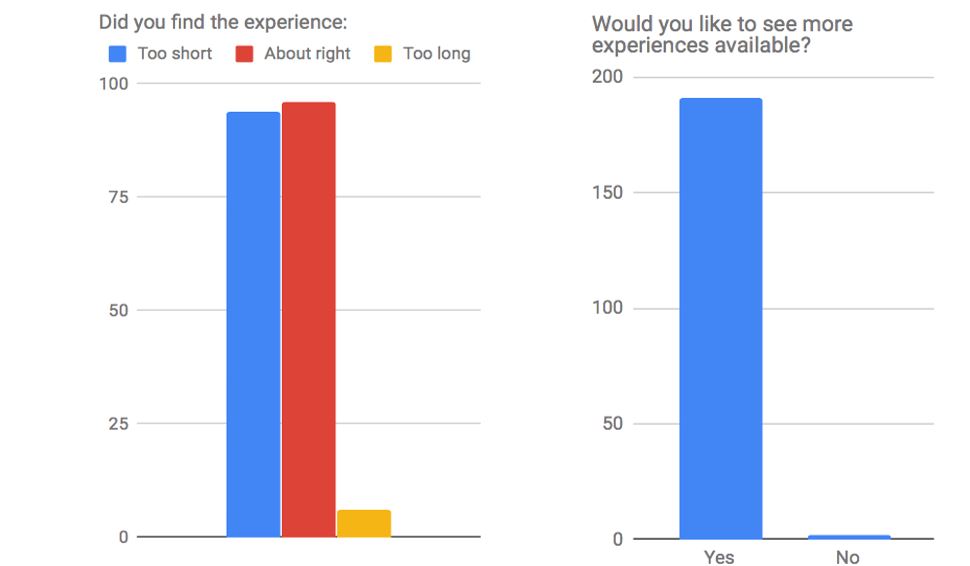
“Given the overall positive nature of the visitor feedback, we are currently in early discussions about developing the concept further to include more experiences and exhibitions,” says Davies. “We are also considering the option of rolling the concept out to our other National Museums around Wales. The feedback is also helping answer questions we had surrounding value for money, length of experience and age range of users. This data will directly advise how we develop this pilot further.”
This is an important development for National Museum Cardiff as it does not currently have Audio Guides because its busy programme of loans meant that some artworks highlighted in its past audio guides were often not on display as they were out on loan, which caused frustration and confusion for visitors.
For the past five years, says Davies, the museum experimented with a suite of Apple iPads installed in the Modern and Contemporary Art gallery space for added interpretation. These have recently come to the end of their lifespan and, instead of replacing them, the museum has decided to explore more dynamic and agile ways to complement its art instillations, such as the Museum ExplorAR.
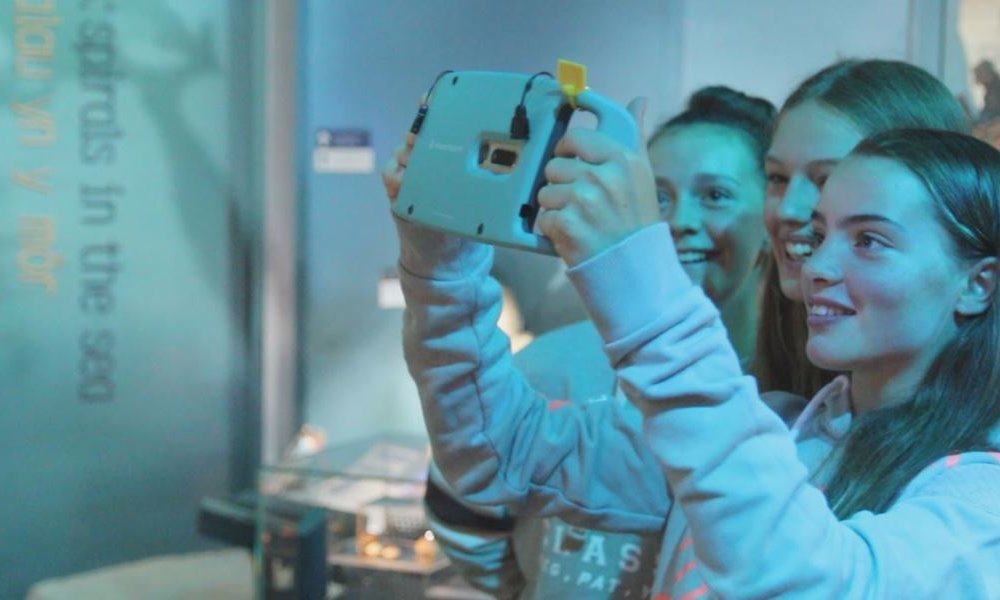
“We have developed and tested a variety of different approached and templates for our digital technologies, each being centred around the content for the exhibiting in question, rather than leading on technology,” he says. “Although we don’t currently supply traditional audio tours, we envisage that we will continue to offer the Museum ExplorARs experiences for our permanent displays.”
Challenges
This pilot project posed quite a few logistical challenges for the museum, such as ensuring that the 15 units had enough battery power for each use. This resulted in limiting the hire time to one hour and devising a system to ensure that five units would always be charging at any one time.
“There were also challenges with navigating a complicated building, so we ensured museum assistants were thoroughly briefed to help direct visitors, as well as including map on each device, to guide them to the start of each relevant experience.”
Some difficulties arose with the content, for example working with a non-western character set such as Japanese meant the text had to be translated and tested in situ as the auto justification of line breaks often broke single words into two. The museum’s Japanese translator had to sit with the developers to work through every single piece of text line by line.
The reason the museum chose Japanese as well as Welsh and English was that AR pilot coincided with a major temporary exhibition during the summer: KIZUNA Japan | Wales | Design, and so it wanted to make the experience available to Japanese visitors.

Davies says there were also some health and safety issues that had to be ironed out, which arose from people not looking where they were they were going while using the tablet. This resulted in a disclaimer form being drawn up for visitors to sign, which informed them to be aware of their surroundings, and also to treat the devices with care.
The hire of the devices cost £10 for an hour but the experience could be shared with family members and friends. Security was a concern, however, and a refundable deposits was required, which was initially set at £50, but this was deemed too expensive, and later dropped to £30. The museum also had to attach security tags to each device, to mitigate against them ‘walking off’.
However, in keeping with the positive experience of the Museum ExplorAR, all devices were returned safely after the pilot ready to be developed into the next exciting AR experience at National Museum Cardiff.
Previous M+H Advisor In Focus Features
October 2018
Emergency planning in museums – what you should be doing
September 2018
Conservation and collection care: Using X-rays to preserve the Mary Rose Museum’s Cannonballs
August 2018
One Collection: The future of the Science Museum Group’s storage and archive facilities
June 2018
Digitising collections: how technology is speeding up the process of big data
April 2018
Exhibition design: creating theatre in our cultural spaces
March 2018
Understanding your Visitors – Defining and explaining the visitor offer with Colin Mulberg Consulting
February 2018
Touring Exhibitions – Dippy on Tour: transporting Britain’s most famous dinosaur
January 2018
Technology in Museums – introducing new ways to see the cultural world
December 2017
Museum lighting – the dark art of brightening up our cultural spaces
November 2017
Education in Museums: creating a learning culture through participation and outreach


